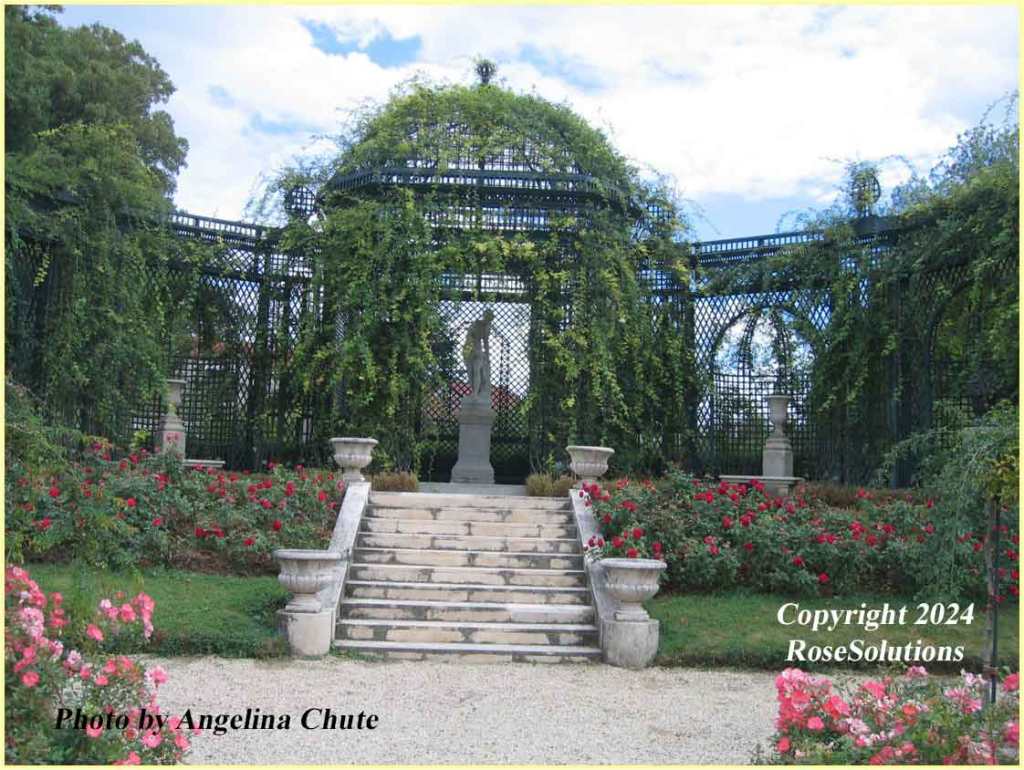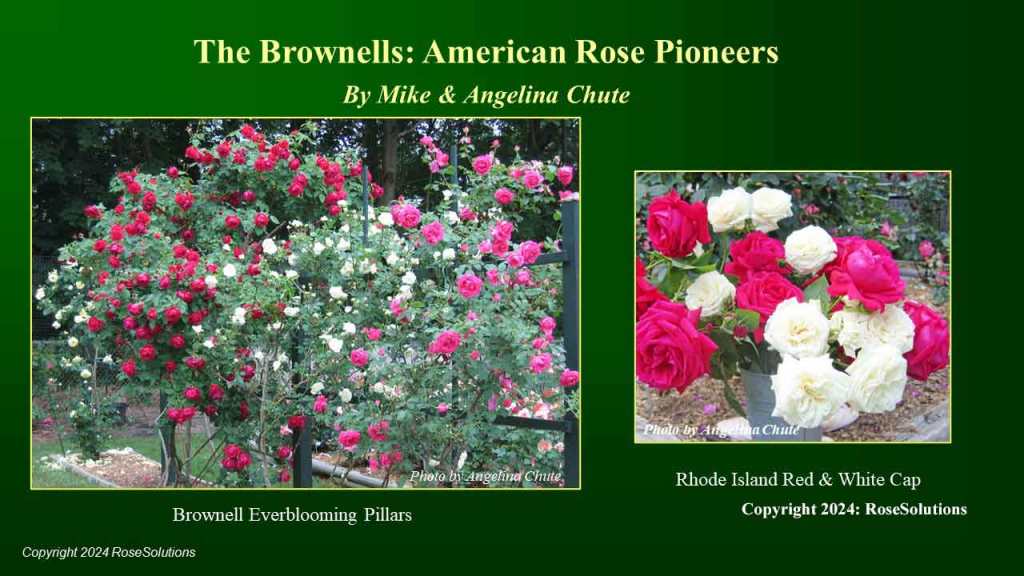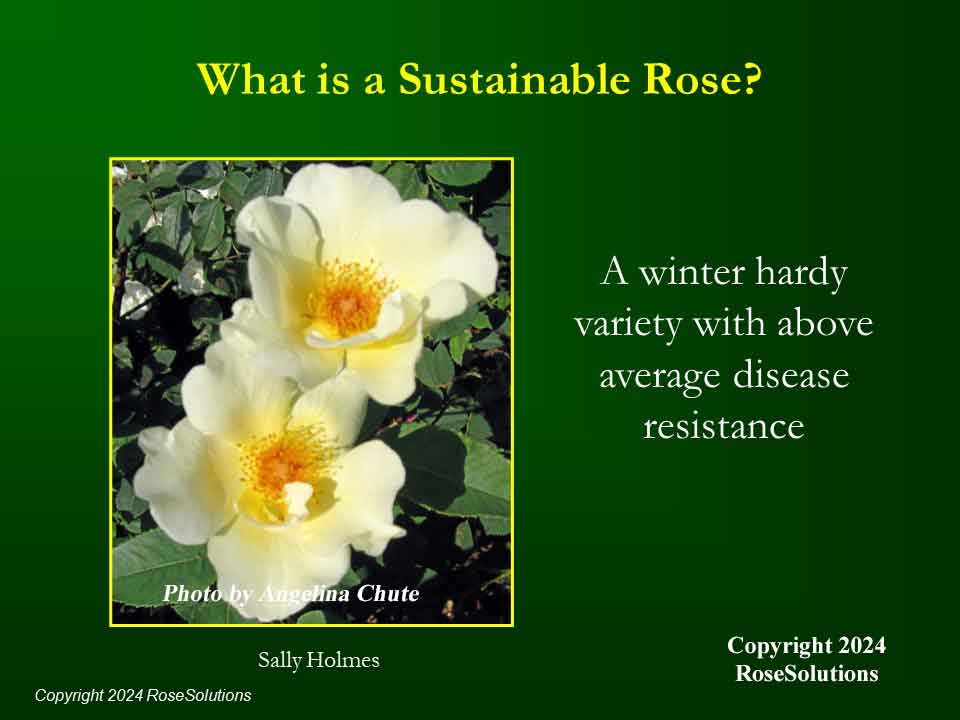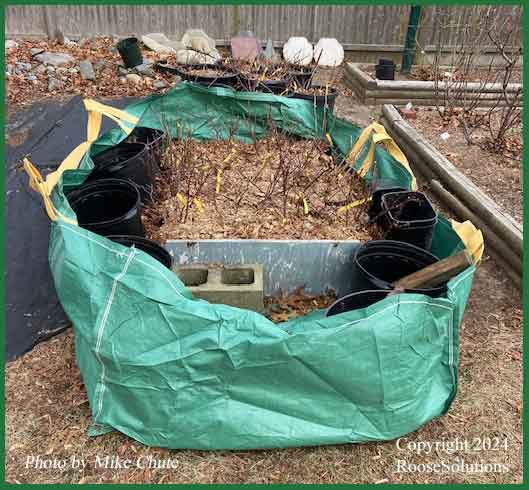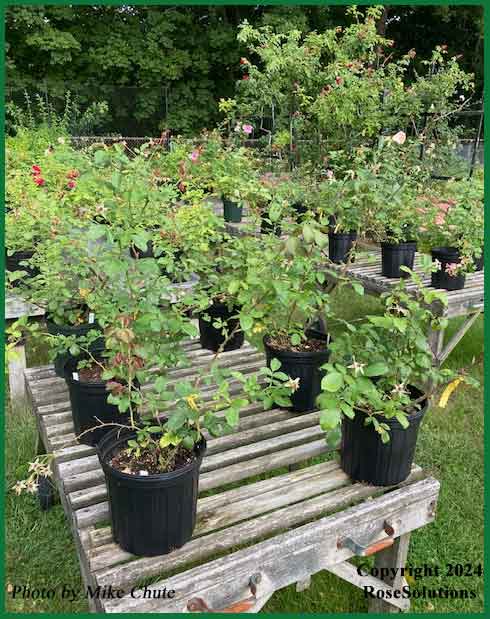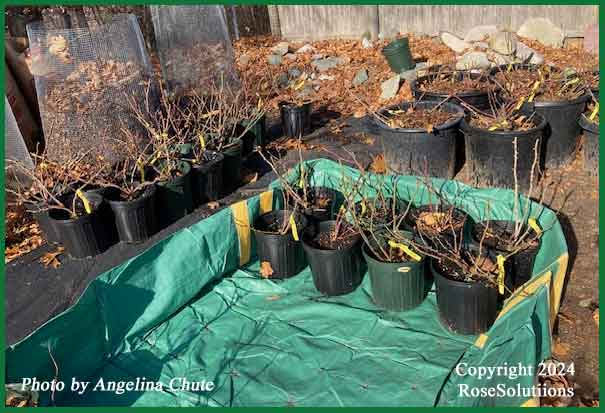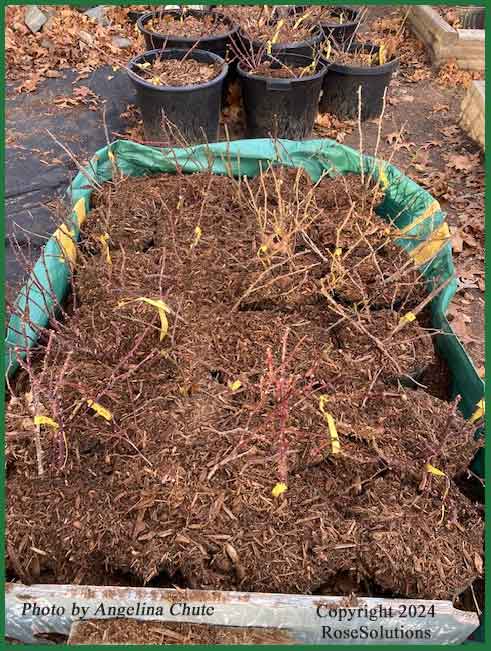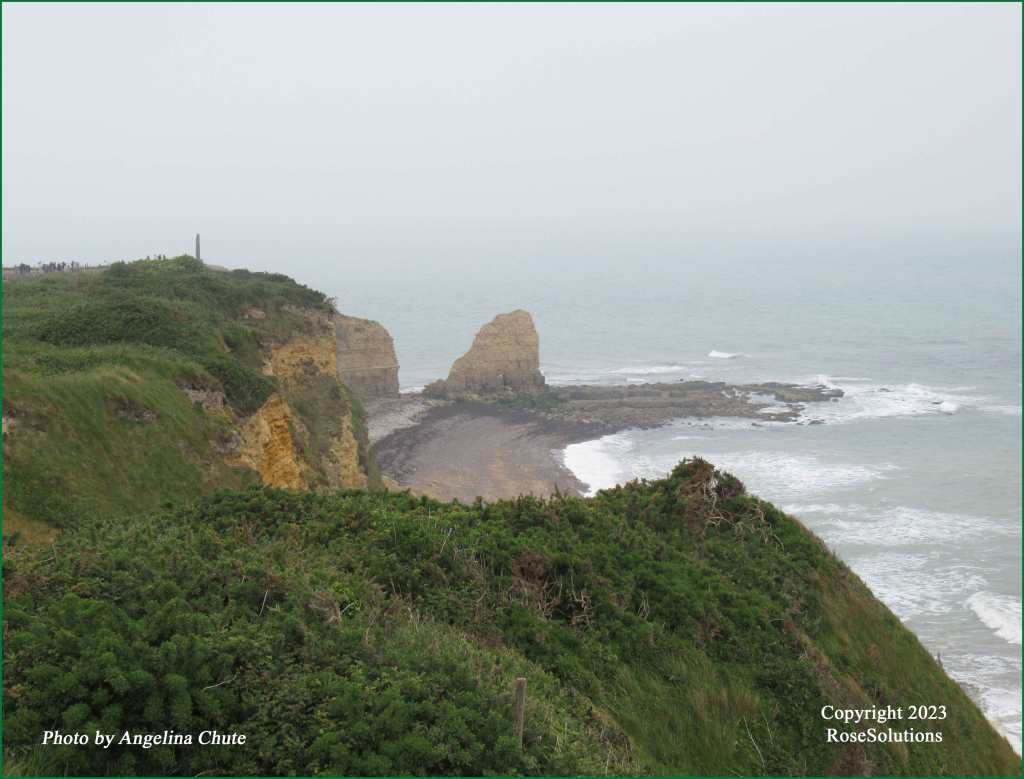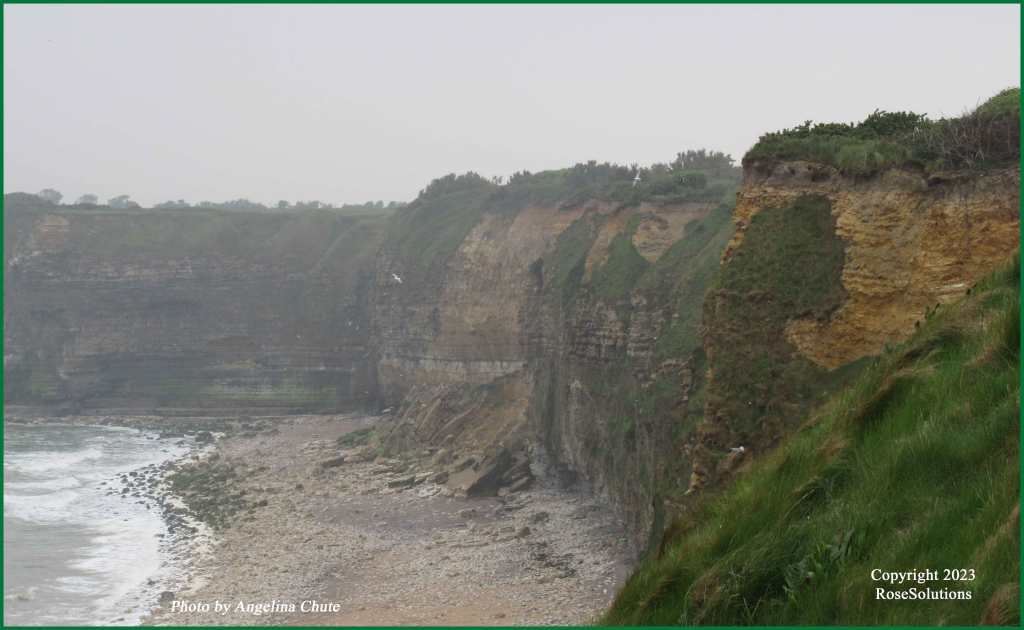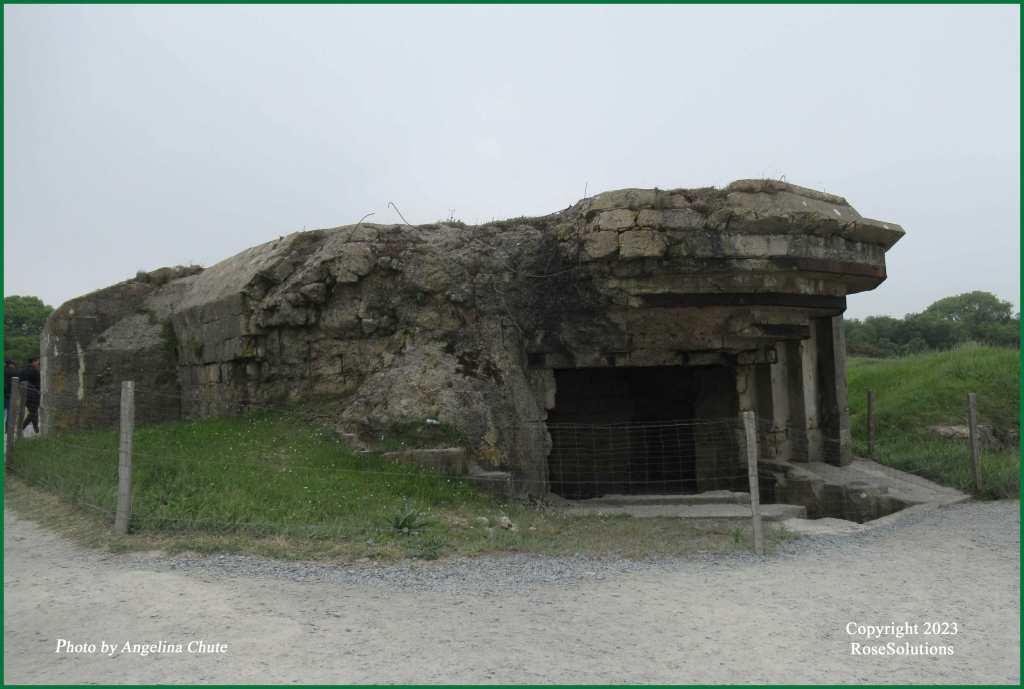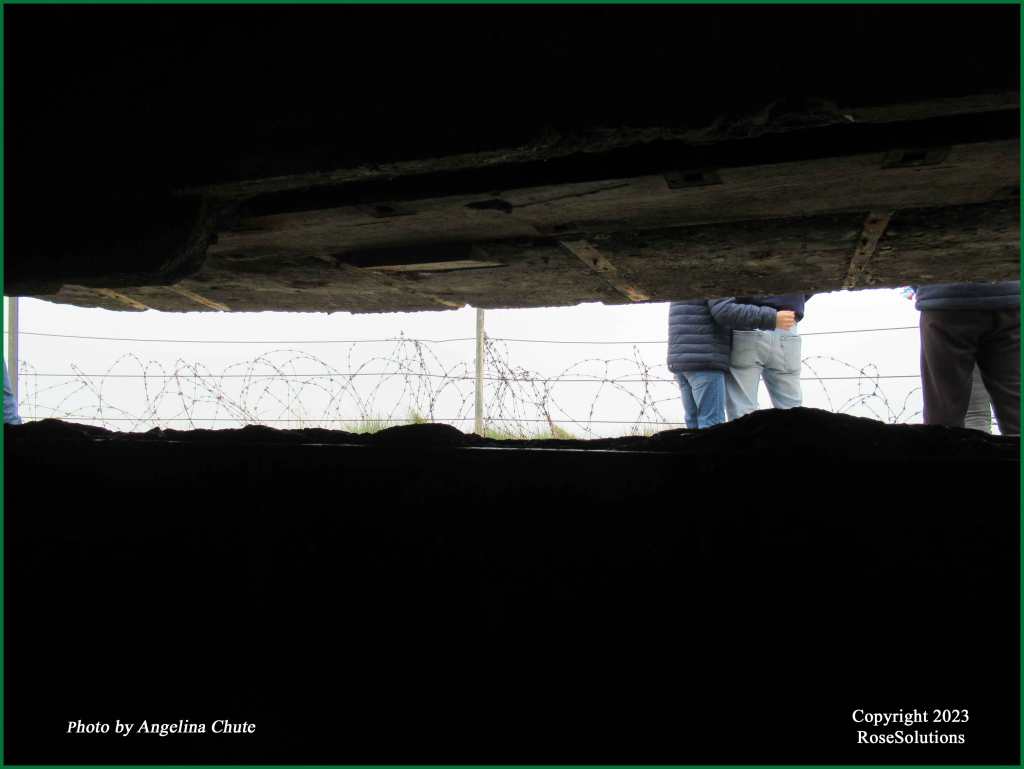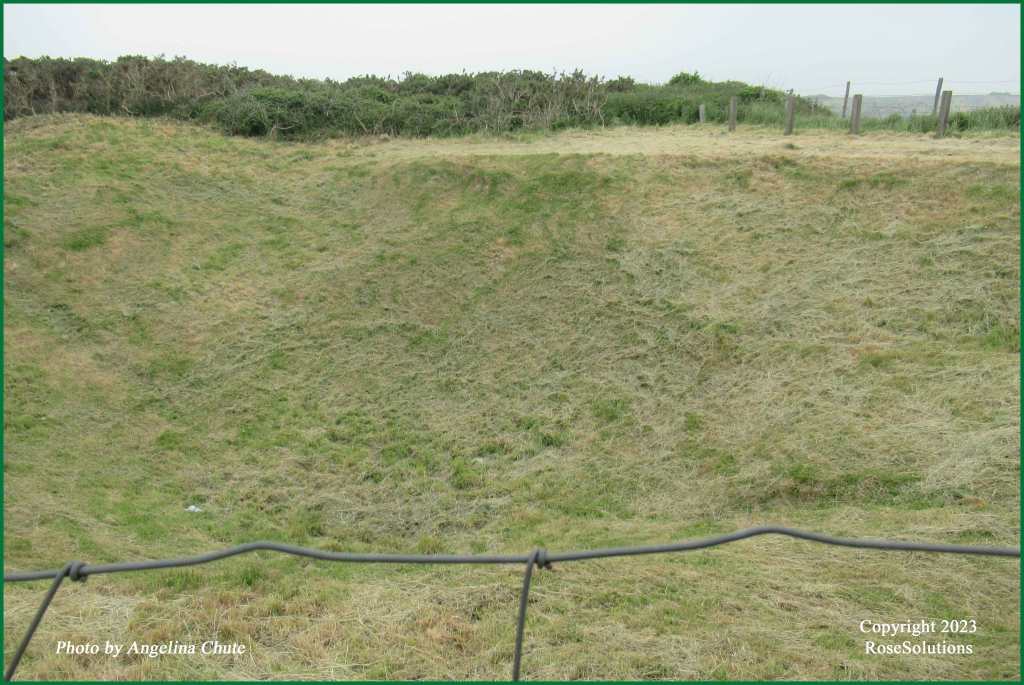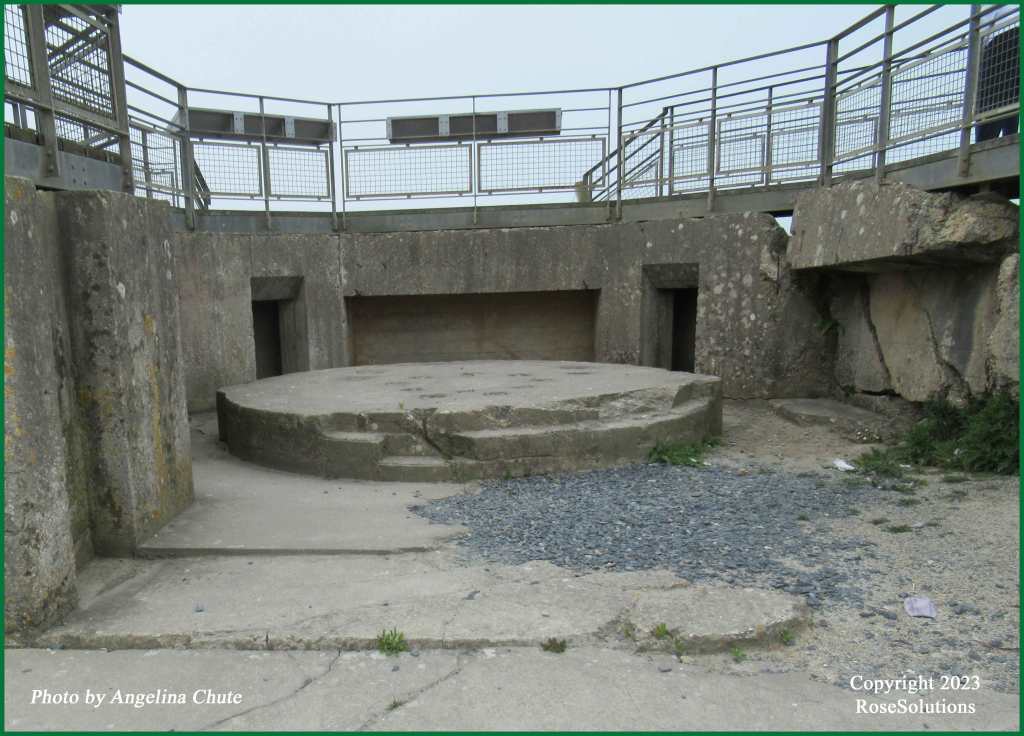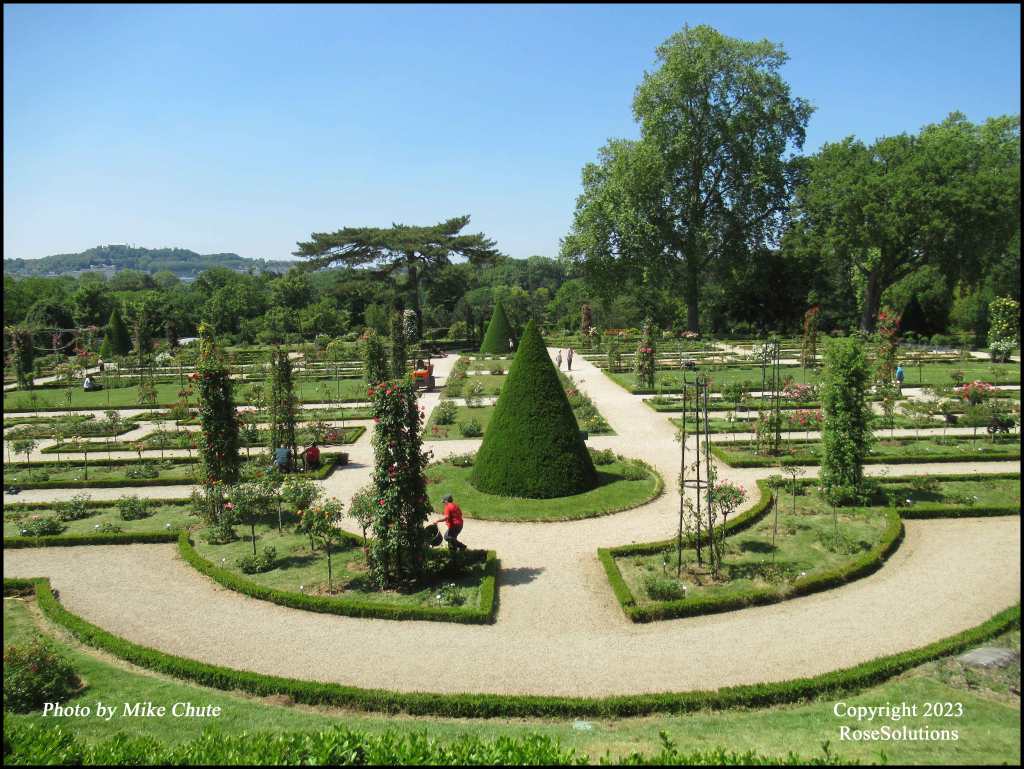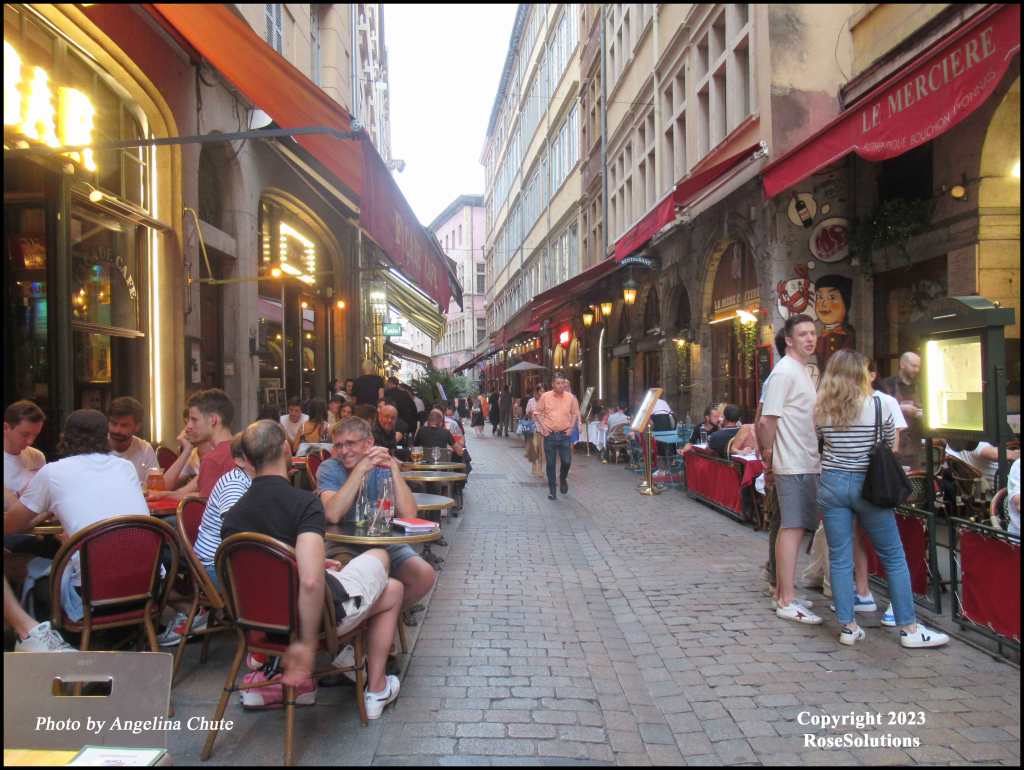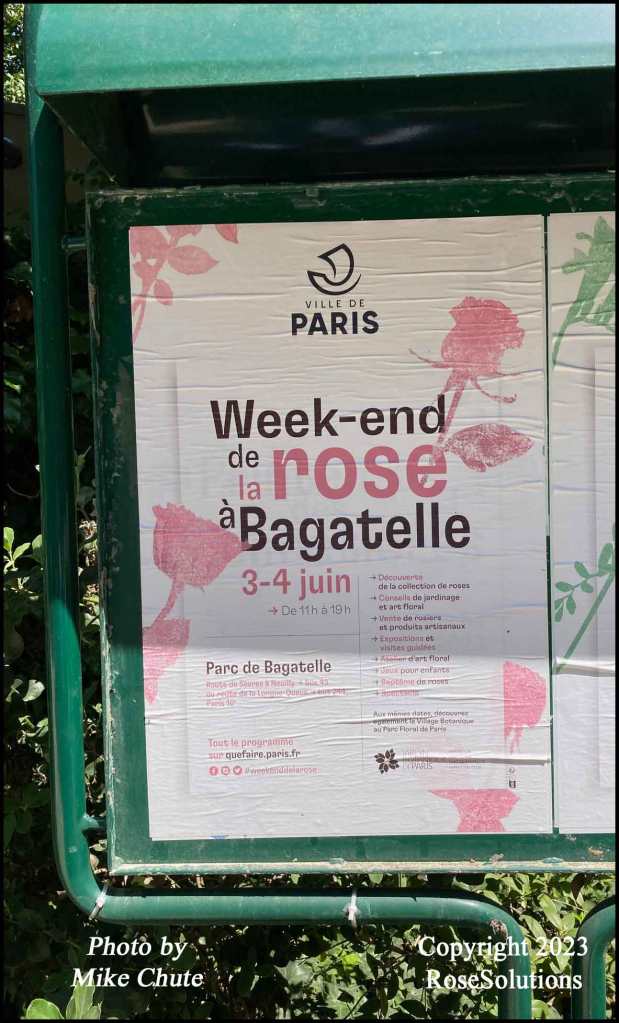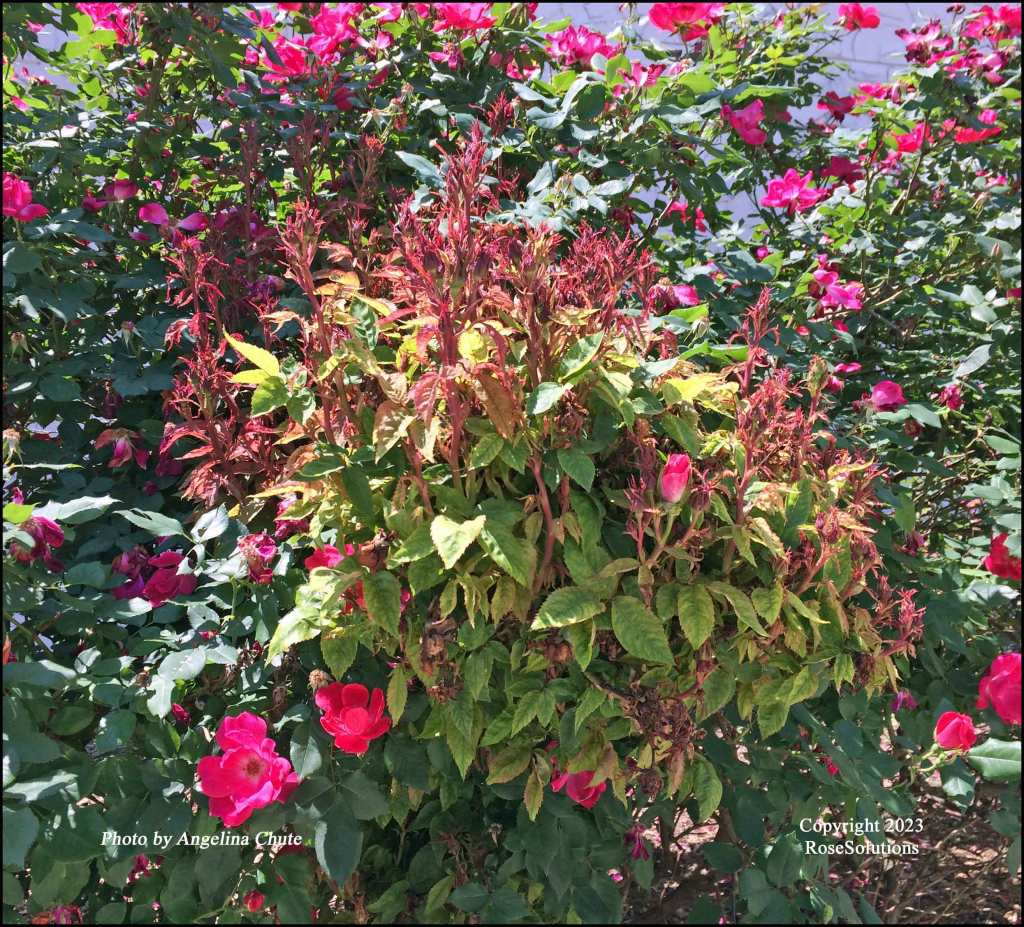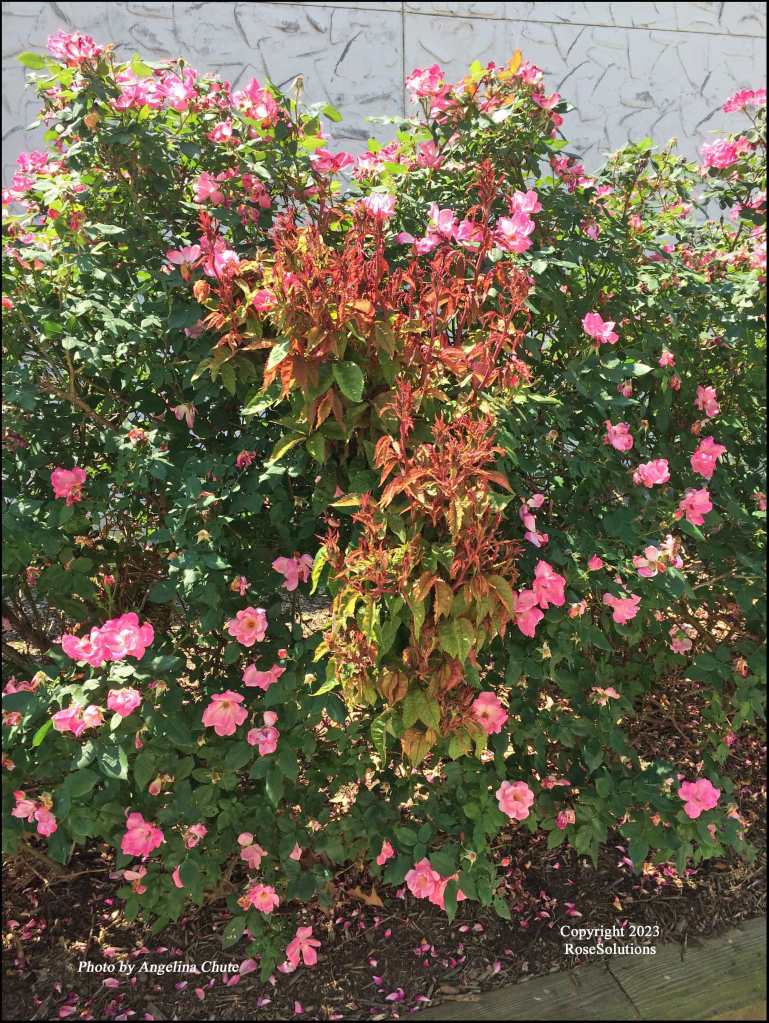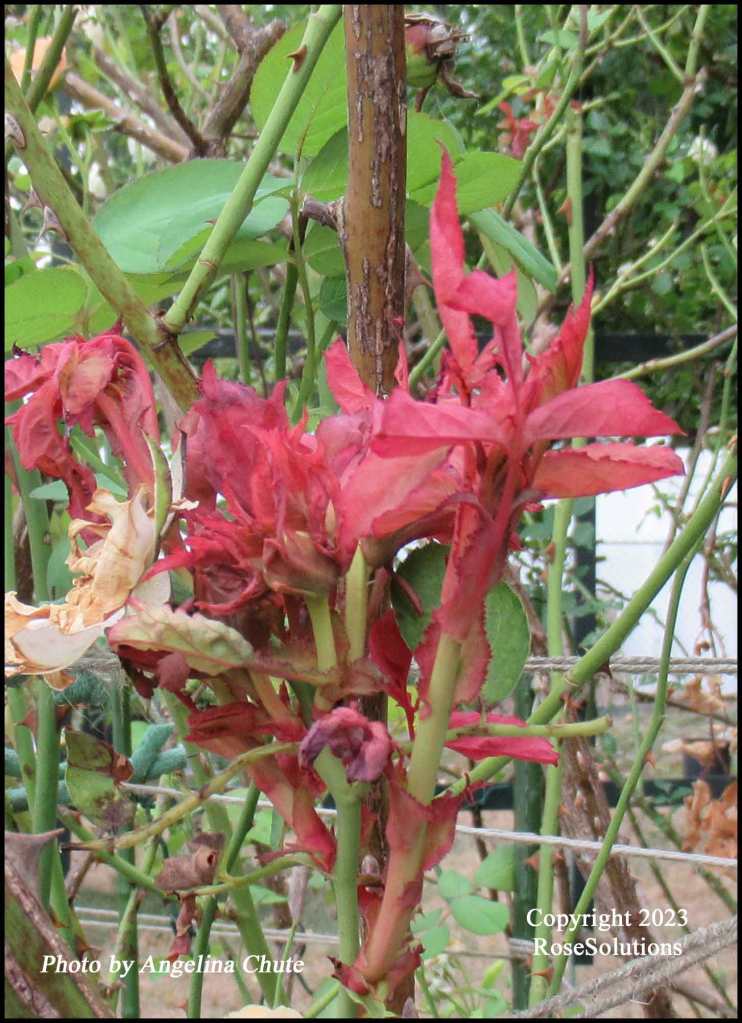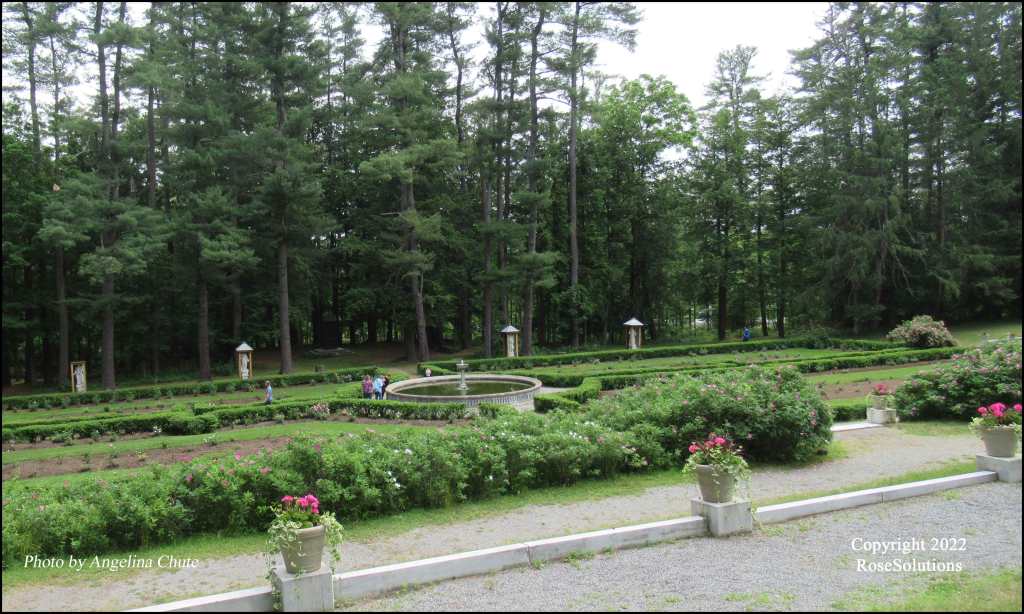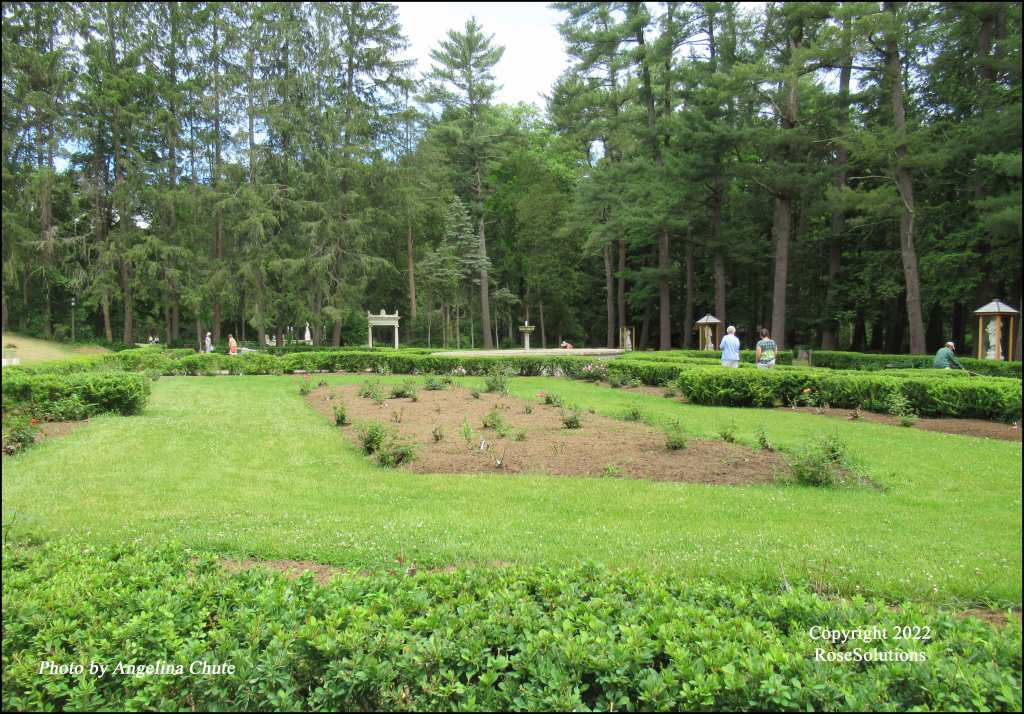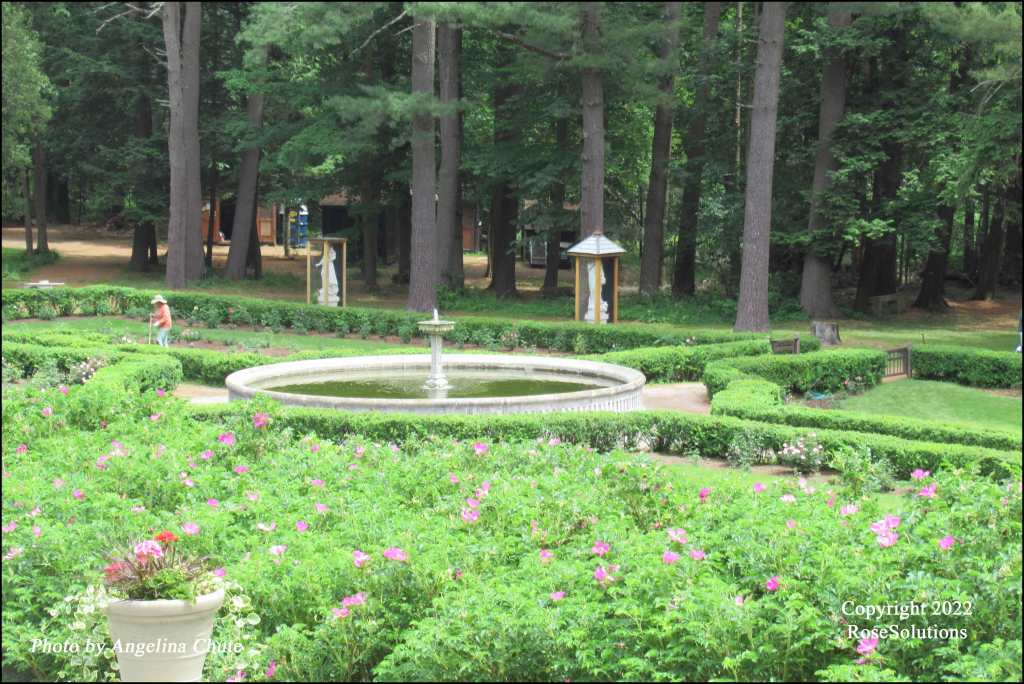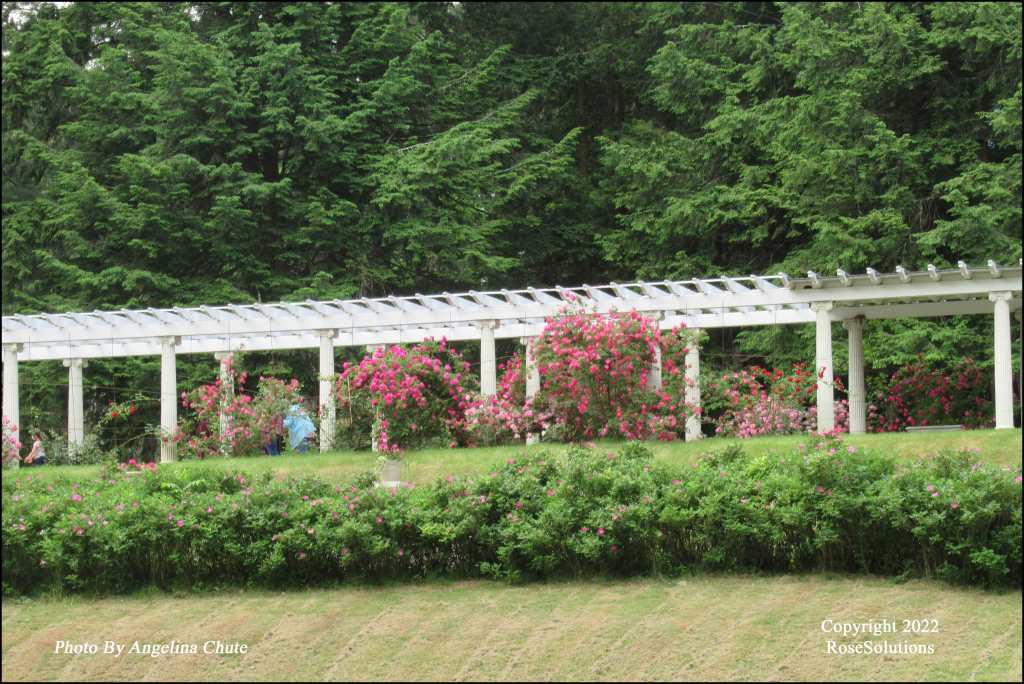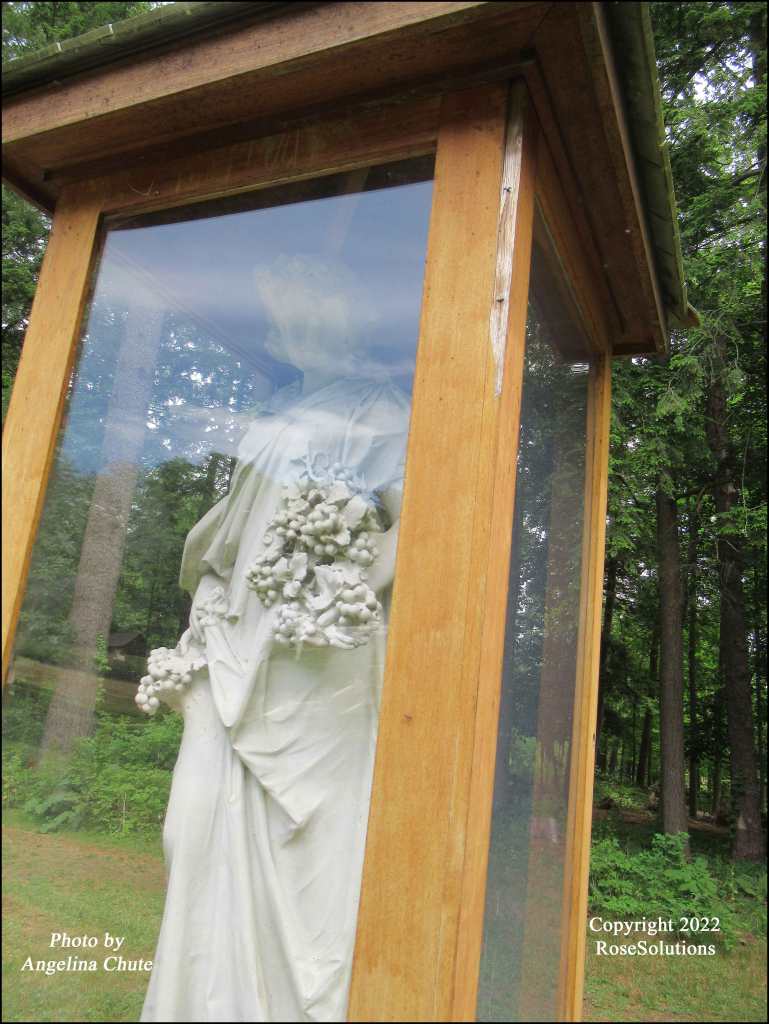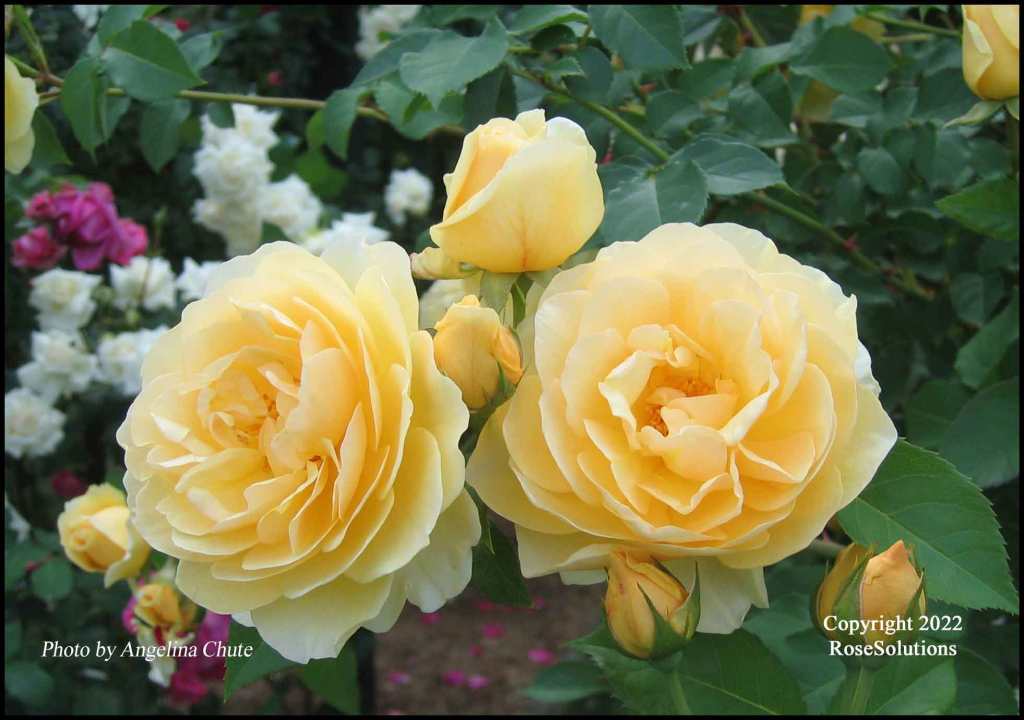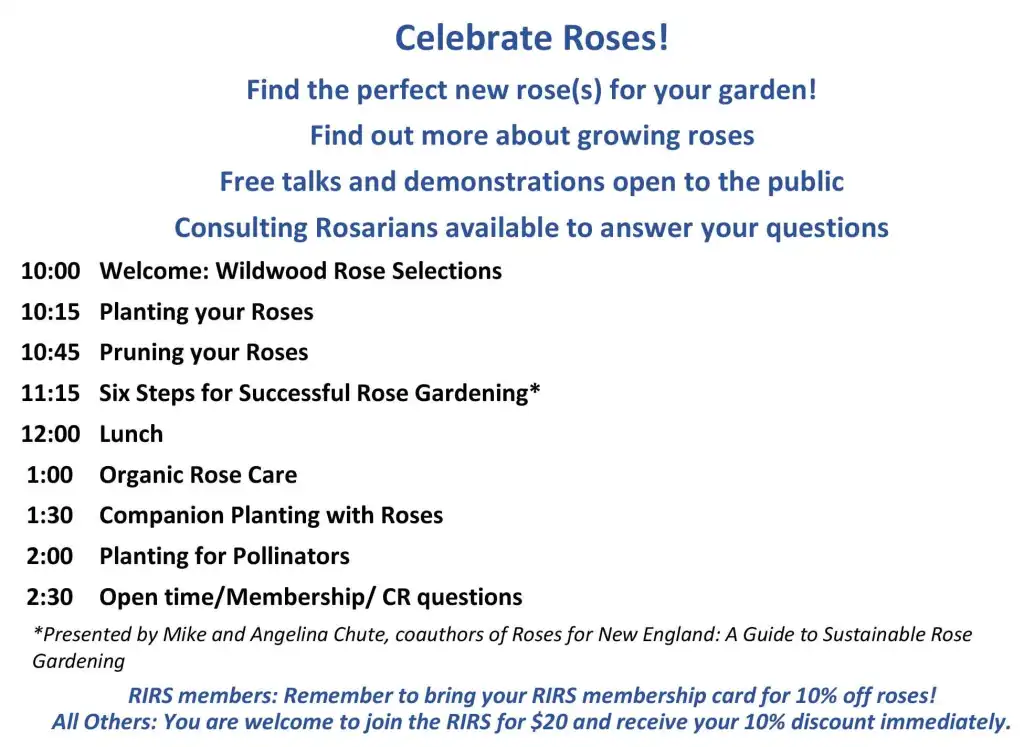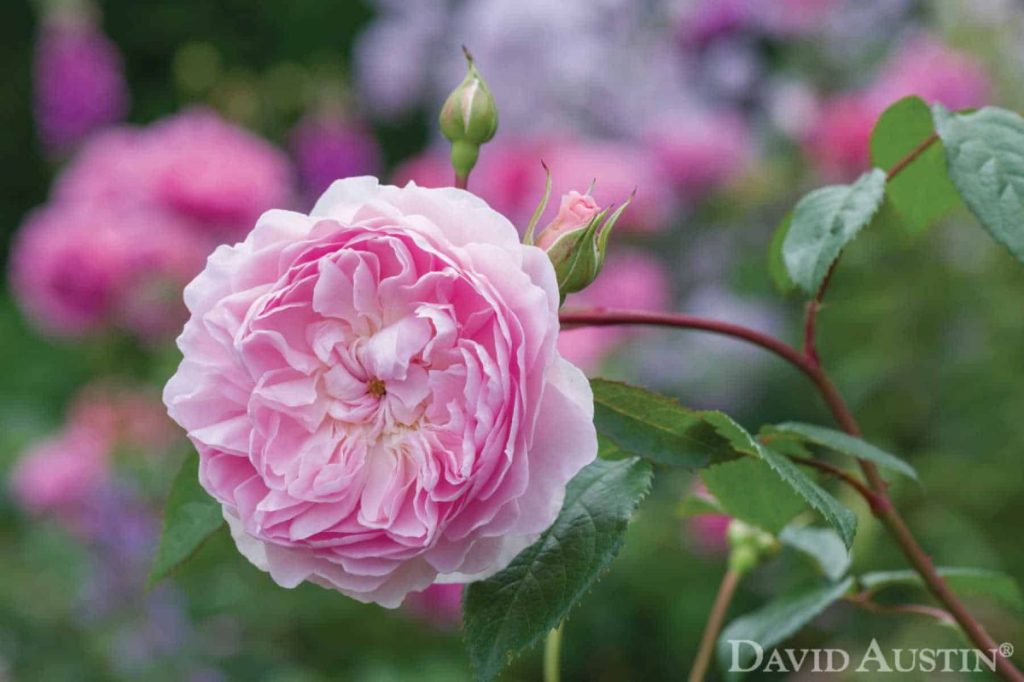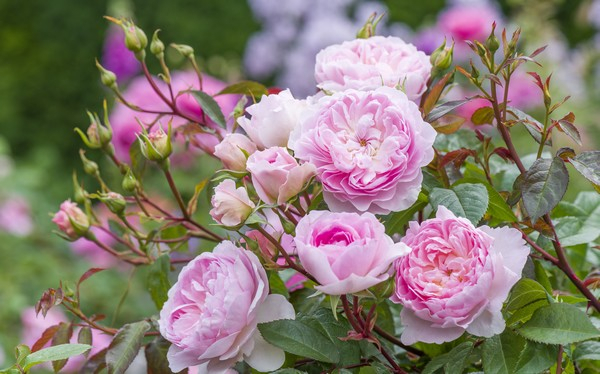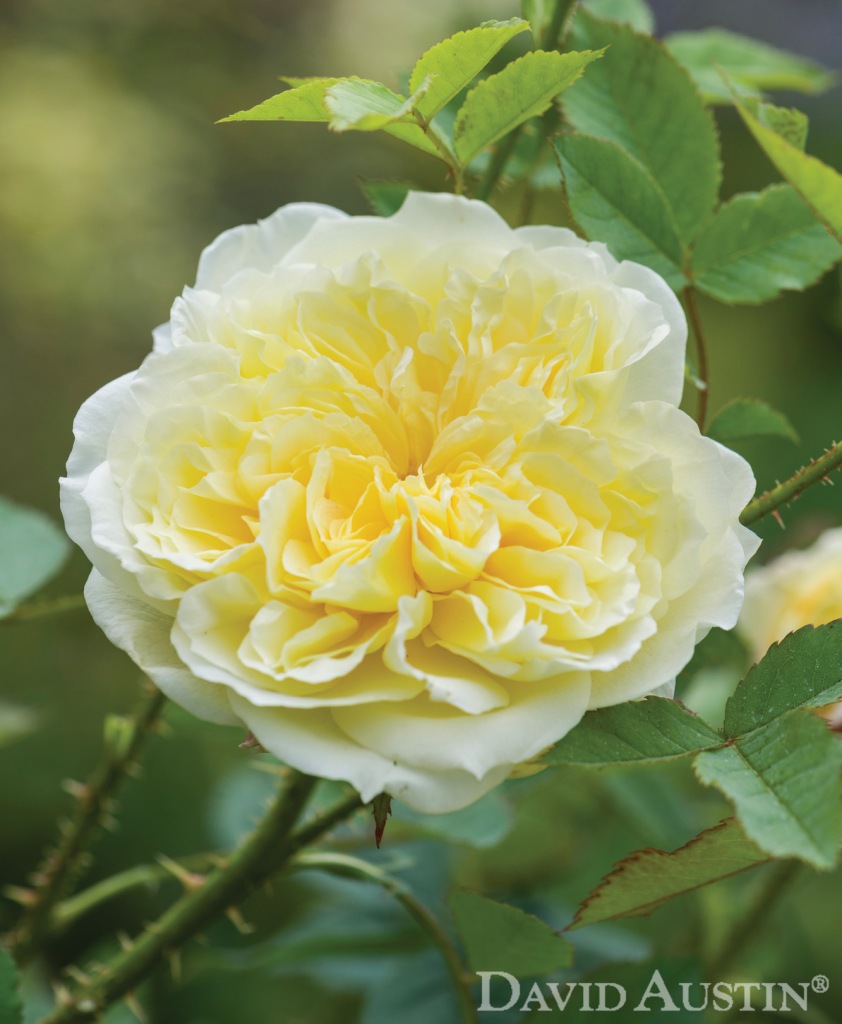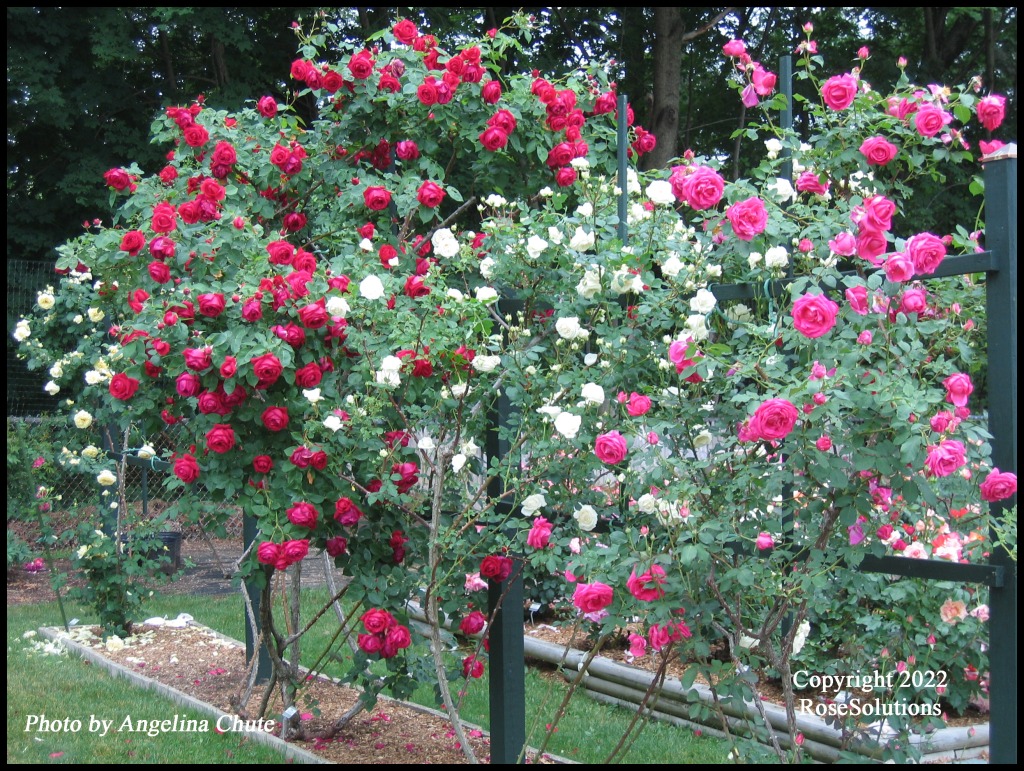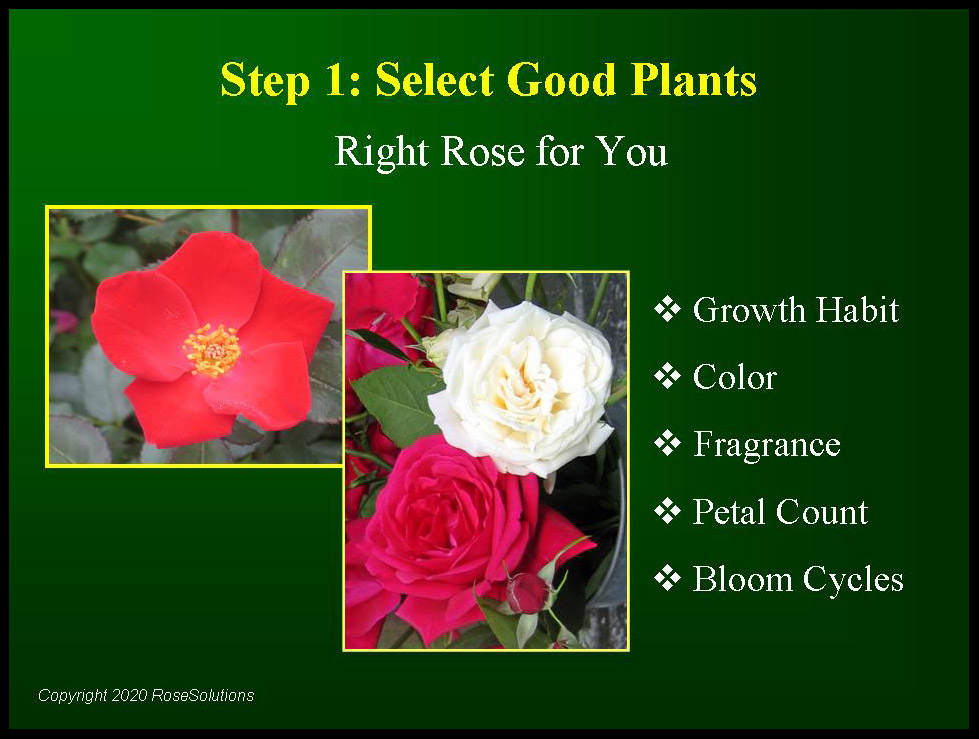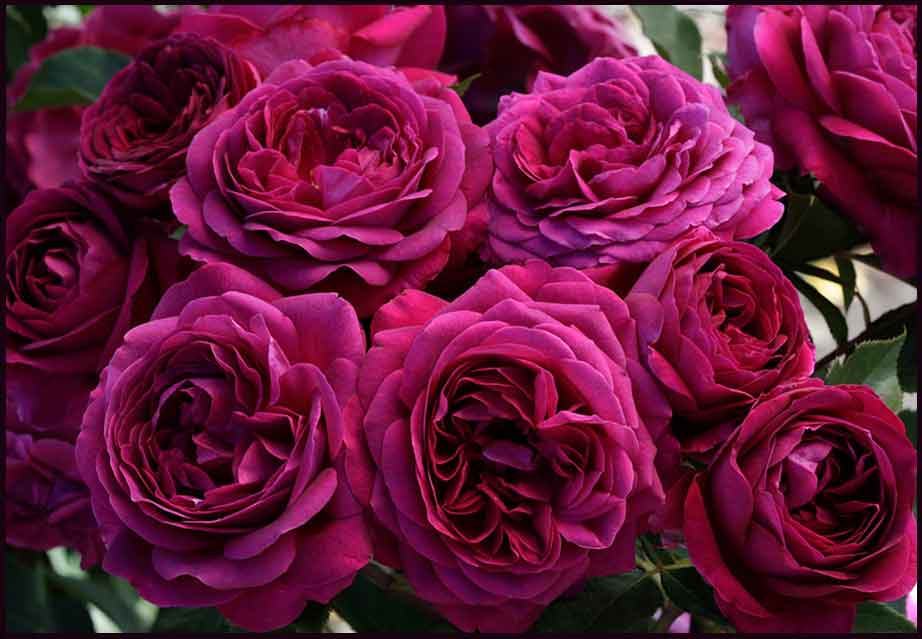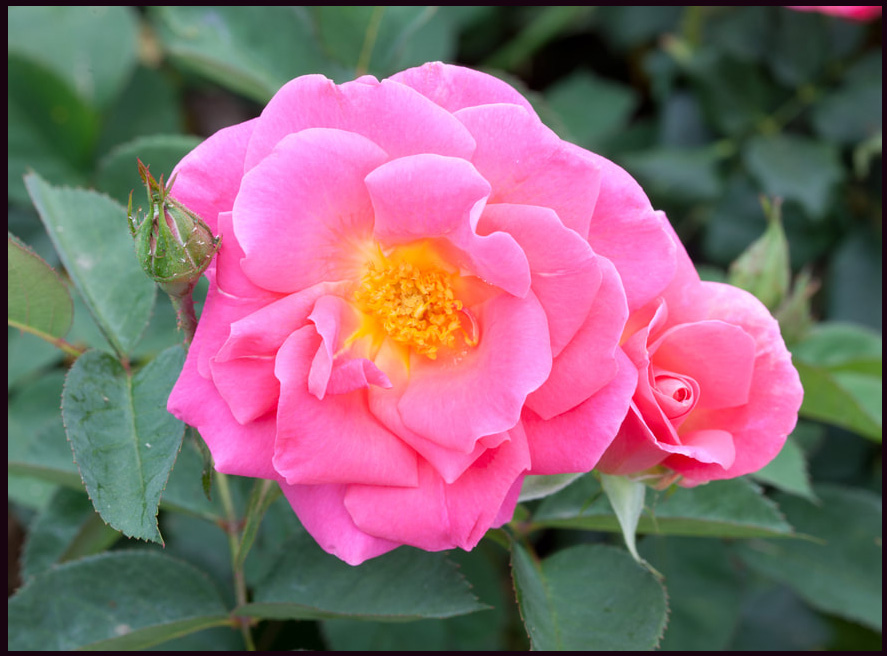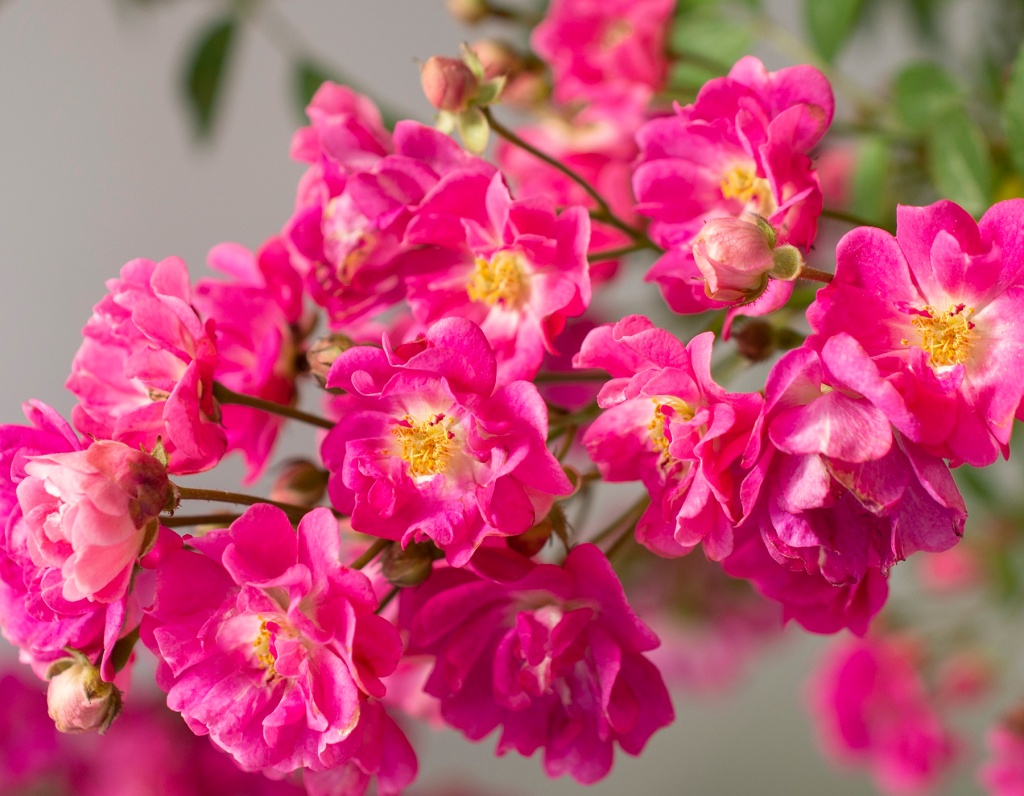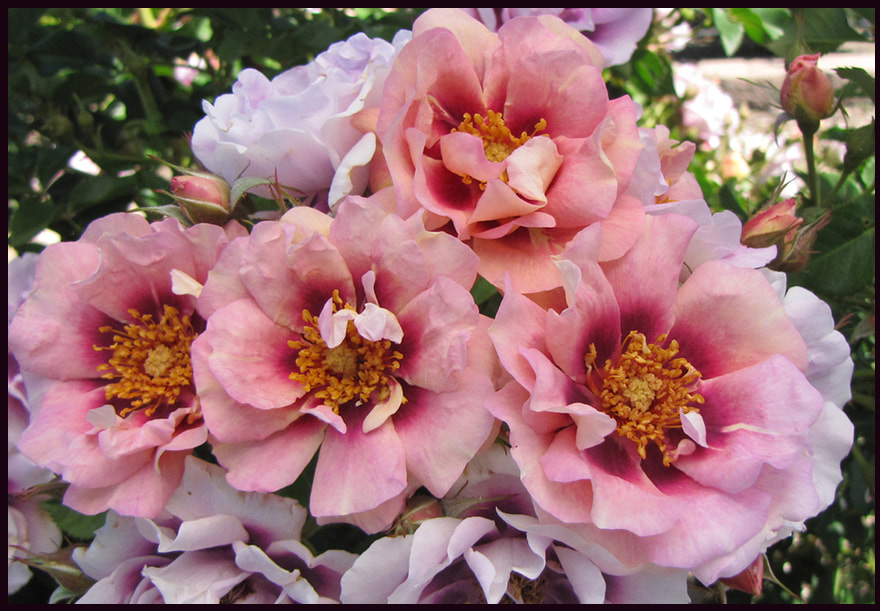It’s January.
The holiday frenzy is over and the long winter gloom is drifting in.
Everyone is hunkered down for a few months except gardeners. Paper and online rose catalogs are arriving daily as rosarians get ready for the 2024 season. Gardening mojo is rising and this will hold them until the forsythia blooms. There is no one more optimistic than a gardener in January.
Meanwhile, we posted our 2024 Lecture Series this week.
Our bookings are back to pre-pandemic levels with mostly in-person events with a few Zoom presentations scheduled for winter dates and a few distant locals.
We are excited to announce two new programs this season and have already booked both for later in the year.
The first program, titled” French Gardens & More” is based on our three-week trip to France last May when we traveled throughout Normandy, down to Lyon and spent more than a week in Paris. We visited rose gardens, museums, Gothic cathedrals, Normandy sites and lots of cafes and restaurants.
The other program, one that has been marinating on our back burner for quite some time, is titled “The Brownells – American Rose Pioneers.” The Brownells – Walter Brownell and his wife Josephine and later their sons – hybridized and sold winter hardy and disease resistant roses throughout the United States from the small seaside town of Little Compton, RI. from the 1930’s through the 1960s. A very interesting story.
Programs that are open to the public include:
The Southeastern Connecticut Home and Garden Show at Mohegan Sun, Uncasville CT: “Selecting Sustainable Roses” on February 17, at 1 PM.
The Rhode Island Rose Society on Saturday, March 9, at 10 AM at the Riverside Library, 475 Bulocks Point Ave, Riverside, RI: “French Gardens & More.”
The Little Compton Historical Society on Tuesday March 19 at 7 PM at the United Congregational Church, 1 Commons St., Little Compton:” The Brownells – American Rose Pioneers.”
The Connecticut Horticultural Society on Thursday, May16 at 7 PM at the Elmwood Community Center in West Hartford, CT: “Roses for New England.”
The American Rose Society National Convention at the Crown Plaza Hotel in Warwick, RI on September 10 at 10 AM: “The Brownells – American Rose Pioneers.”
Add to these public events are dozens of garden club and other horticultural organizations bookings. Its going to be a busy season. And as always, if your organization needs a program at the last minute, contact Mike at RoseSolutions. Maybe we can help. For descriptions of our programs visit our website’s Program Page.
See our complete 2024 Lecture Series by clicking the 2024 Lecture Series tab above.
